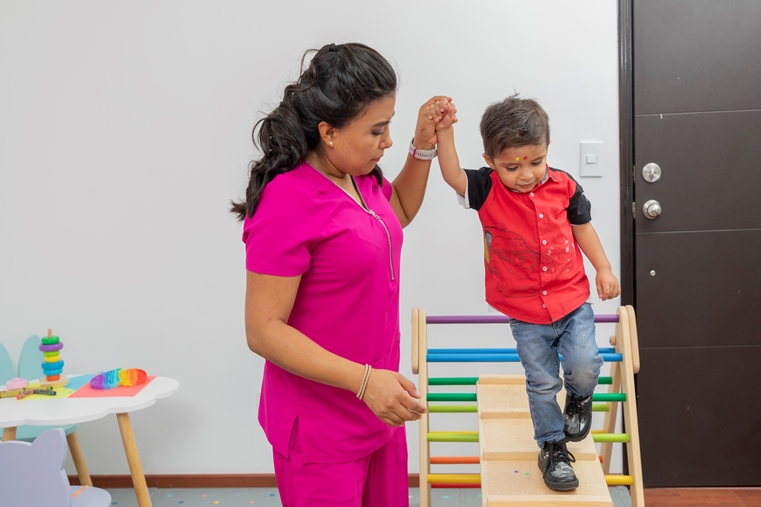Play therapy is a psychotherapeutic approach primarily used to help children ages 3 to 12 years to explore their lives and freely express repressed thoughts and emotions through play. Therapeutic play normally takes place in a safe, comfortable playroom, where very few rules or limits are imposed on the child, encouraging free expression and allowing the therapist to observe the child’s choices, decisions, and play style.
Goals:
- The goal is to help children learn to express themselves in healthier ways, become more respectful and empathetic, and discover new and more positive ways to solve problems.
- Therapeutic play is for children undergoing or witnessing stressful events in their lives, such as a serious illness or hospitalization, domestic violence, abuse, trauma, a family crisis, or an upsetting change in their environment.
- Play therapy can help children with emotional difficulties, anxiety, behavioural disorders, academic and social problems, learning disabilities as well as those with autism spectrum disorder.
There are two approaches to play therapy:
- Non-directive play therapy where that children are encouraged to resolve their own problems and work toward their own solutions through free play with limited instruction and supervision being given to the child.
- Directive play therapy ensures that games are generally chosen for the child, and children are given themes and character profiles when engaging in doll or puppet activities. This therapy still leaves room for free expression by the child, but it is more structured than non directive play therapy.
Play therapists use both approaches, depending on the individual child and his/her needs.
